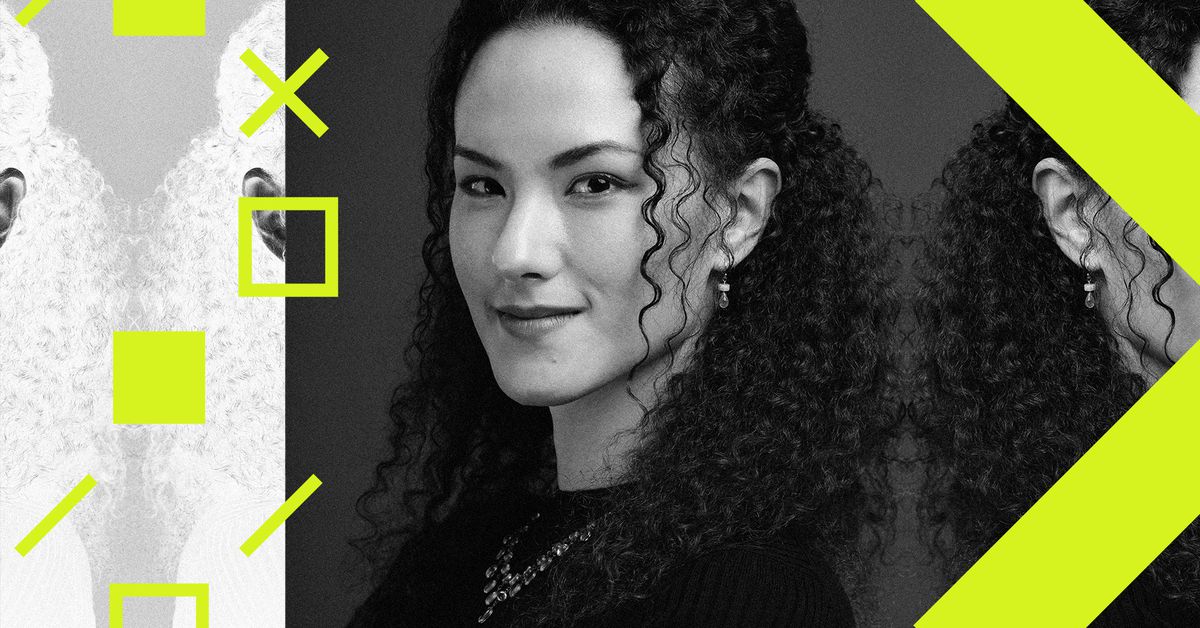Today, I’m talking to Jay Graber, the CEO of Bluesky Social, which is a decentralized competitor to Twitter, er, X. Bluesky actually started inside of what was then known as Twitter — it was a project from then-CEO Jack Dorsey, who spent his days wandering the earth and saying things like Twitter should be a protocol and not a company. Bluesky was supposed to be that protocol, but Jack spun it out of Twitter in 2021, just before Elon Musk bought the company and renamed it X.
She’s right, but centralized services like BlueSky won’t be it.
Social networks don’t need servers playing middlemen, friend-to-friend networks with onion routing to pass messages to friends-of-friends would more accurately reflect the structure of real-world social networks.
Not sure why this was downvoted. The business model of BlueSky is that they’re the indexer or whatever they want to call it. Technically it is federation but it’s a disingenuous implementation.
i feel more afraid of bluesky than meta/threads. they are already pushing a very corporate-centric solution with a bolted on feature the fediverse if frothing for (portabability).
Jay Graber is a woman
Ah, that’s my bad. Didn’t bother learning who the CEO was. XD
Fixed my post, thanks!
We can’t assume the gender.
What is onion routing?
Say you want to send a letter to a friend of a friend, but you don’t know their address so you can’t send it direct.
Instead, you can package your letter inside a second letter to your mutual friend, asking them to finish filling out the mailing label for you so your message will reach the intended recipient.
They call it “Onion Routing” because the message can be wrapped in multiple layers of these routing requests, with each recipient stripping off the layer addressed to them and forwarding the remainder on to the next connection in the chain.
Using this protocol, so-called “Friend to Friend” networks can still enable communication between non-friends so long as a “5 degrees of Kevin Bacon”-style connection exists between you and whoever you’re trying to reach.
Tor.
The TOR network is indeed the most widely-used implementation of onion routing, but it isn’t the only example.
My go-to reference is Retroshare, an open-source app that implements onion routing on top of an encrypted friend-to-friend network:

You only connect to your trusted friends, but by passing messages along the Kevin Bacon chain it’s still possible to reach practically anyone on the network. Retroshare’s built-in services include email, instant messaging, traditional web forums, microblogging, and Reddit-style karma-ranked forums/linkboards, and third party plugins include voice and video chat. It’s desktop-only, but I think it demonstrates that serverless social networks are possible.
Are social networks and social media the same thing?
Social media provides the tools and platforms for social networking to take place, but social networking is the actual practice of using those tools to connect with others.
Depends on the usage.
“Social Networks” can be a reference to the various social media services available online, but they can also be an reference to the collection of social connections one has offline.
Blusky feels like the odd one trying to fit in and hopping no one notices.
Would be news if they didn’t say that
Who is bluesky?
This is the best summary I could come up with:
Jay and I also talked about the growth of the Bluesky app, which now has more than 5 million users, and how so many of the company’s early decisions around product design and moderation have shaped the type of organic culture that’s taken hold there.
And early on, we had this crazy ratio of 90 percent posters, and so it was extremely active and tons of people firing off shitposts essentially — really fast, funny takes on things and memes and a lot of stuff.
Do you think you’re going to end up in a place where you have what I will just call the Microsoft Excel problem, where so many people have asked for so many familiar features that it’s actually hard to bring them into a new paradigm, like composable moderation or adjustable filters?
I talked to the CEOs of other companies that are in these kinds of relationships with protocols or standards or open source, and at the end of the day, they often come back to “…but we also have to make money, and the best user experience is often the one that we control.
Yeah, and we’ve already begun talking to some standardization bodies — like starting the very early stages of that work, socializing the idea, taking on the pieces that are relatively more solid, as I mentioned earlier.
So, our goal is to let that whole ecosystem just iterate and experiment, and then we try to have some amount of leadership in terms of what we’re encouraging people to build, how we’re creating and surfacing the best stuff that gets built and bringing it to user’s attention and helping them install it.
The original article contains 13,352 words, the summary contains 279 words. Saved 98%. I’m a bot and I’m open source!
And Jack is more of a Nostr user.











